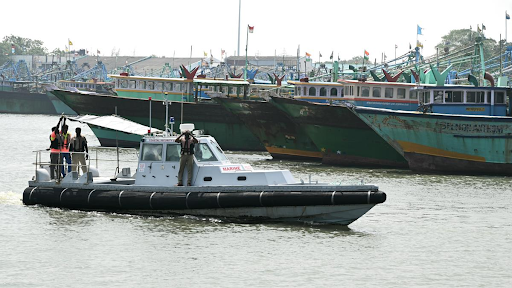




Disclaimer: Copyright infringement not intended
|
Missile Name |
9K720 Iskander-M |
|
Type |
Medium-range ballistic missile |
|
Range |
1000 km |
|
Warhead |
Capable of carrying conventional and nuclear warheads |
|
Development Bureau |
Machine-Building Design Bureau (Kolomna) |
|
Purpose |
Precision strikes on NATO weaponry, especially in Ukraine |
|
Production Start |
Expected in 2025 |
|
Target |
NATO's military infrastructure, particularly in Eastern Europe |
|
Destructive Capability |
Highly lethal and precise with significant tactical advantage |
NATO military facilities in Poland, the Baltic states and Ukraine could become targets. This development raises tensions between Russia and NATO potentially triggering an arms race as both sides enhance their missile technologies. This situation has also increased the likelihood of potential conflicts in the region including the risk of a further escalation of the war in Ukraine or a military response from NATO in response to growing threats.
Source:
|
PRACTICE QUESTION Q. With reference to the Iskander-M Tactical Ballistic Missile and the Oreshnik missile system, consider the following statements:
Which of the statements given above is/are correct? Answer: (b) 1, 3, and 4 only Explanation: ● Statement 1 is correct: The Iskander-M missile has a range of 1000 km and can carry both conventional and nuclear warheads. ● Statement 2 is incorrect: The Oreshnik missile system is being deployed by Russia, not NATO, in Belarus. ● Statement 3 is correct: The Iskander-M missile is designed for precision strikes on NATO's military infrastructure, particularly in Eastern Europe. ● Statement 4 is correct: The deployment of the Oreshnik missile system in Belarus will indeed enhance Russia’s military presence near NATO's eastern borders. |





© 2025 iasgyan. All right reserved